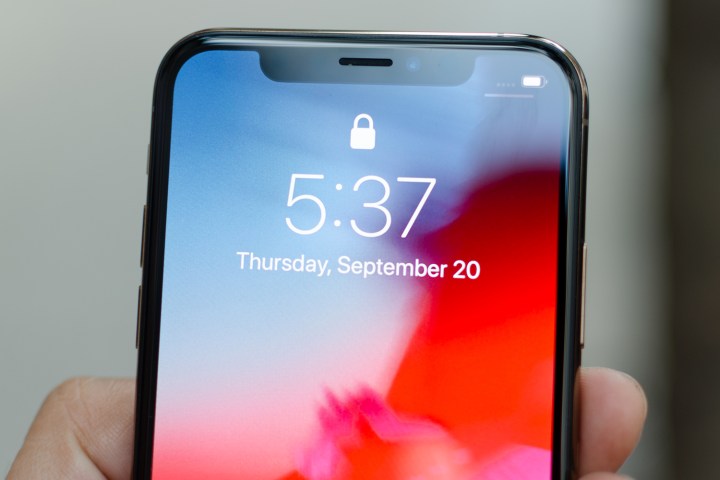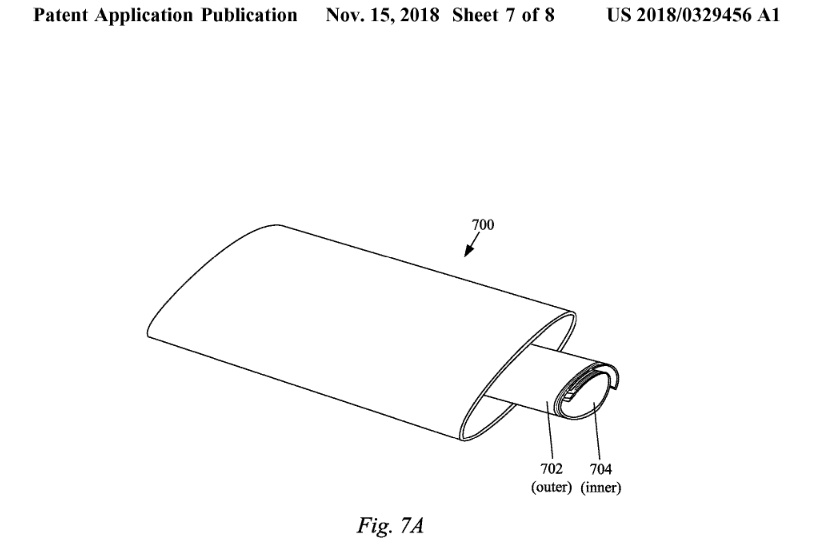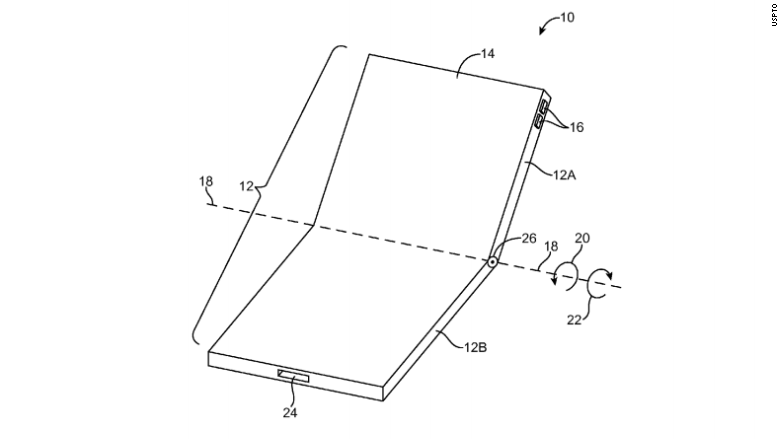
Mobile manufacturers working on flexible displays for their smartphones is nothing new at the moment — Samsung’s foldable phone seems almost ready to appear, while Microsoft, Huawei, and even Motorola have expressed interest in making foldable Android handsets in the foreseeable future.
And Apple isn’t being left behind. According to a Bank of America analyst quoted in a report from CNBC, the next major redesign of the iPhone will come in the form of a foldable form factor. The report notes that Apple may already be working with suppliers to create the new phone, which wouldn’t be released until 2020.
Design
OLED displays are largely to thank for the rise of the foldable concept phone, because they’re made up of individual pixels and are able to be bent and manipulated in ways that LCD displays are not. Despite going back to LCD “Liquid Retina” displays for the iPhone XR and the new iPad Pro, Apple has been pushing forward with OLED displays on the new iPhone XS range, and it’s a given that we’d expect to see an OLED display on a foldable Apple device.
But the design of such a device is nowhere near finalized, if we look at the slew of patents Apple has been putting out. Most recently, Apple applied for a patent on a device with a “wrap-around” display. So rather than folding out to make a larger screen, Apple may look at increasing screen estate by extending a folding display all-around a device.

Interestingly, the patent also notes that such a design could be sold as a glass enclosure for a separate folding screen — so you could create a phone-like device out of a flexible screen by inserting it into a transparent enclosure. This fits with earlier patents for a super-bendy display.
This is far from the first weird vision of a foldable device we’ve seen from Apple. A previous patent application involved an iPhone that wound up like a scroll, unwinding from two cylinders on either end. One of the earliest patents to be filed, way back in 2016, showcases a more “traditional” foldable phone, with a central hinge that turns a smaller display into a much larger, tablet-sized affair — something more akin to the ZTE Axon M.






